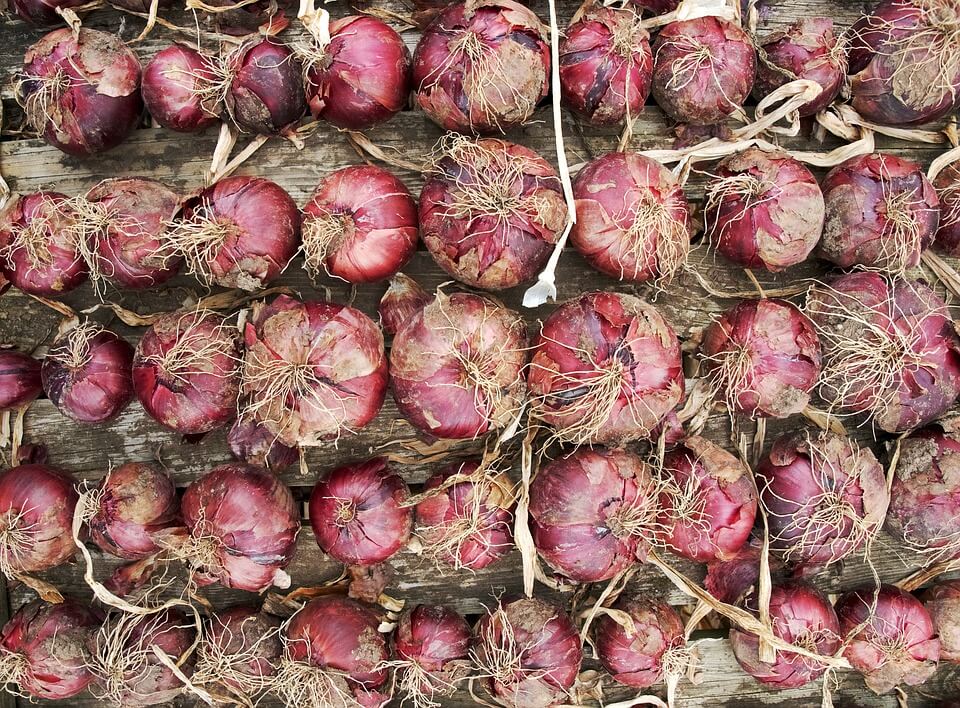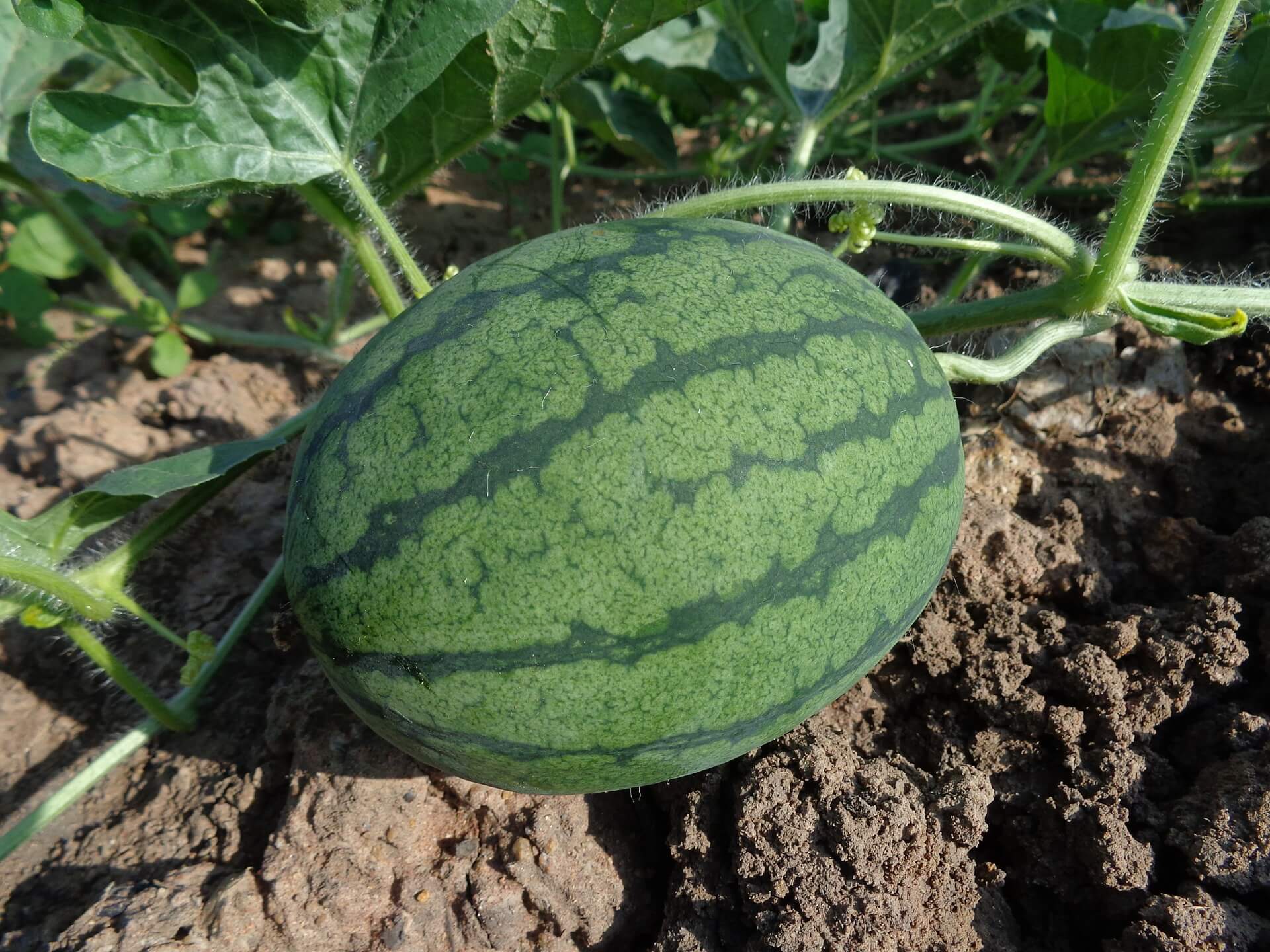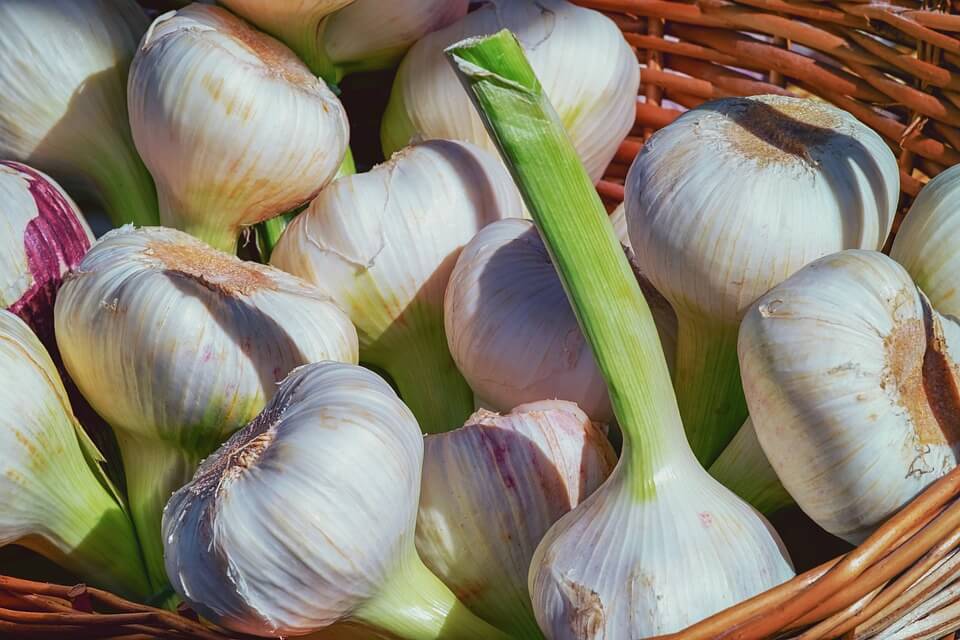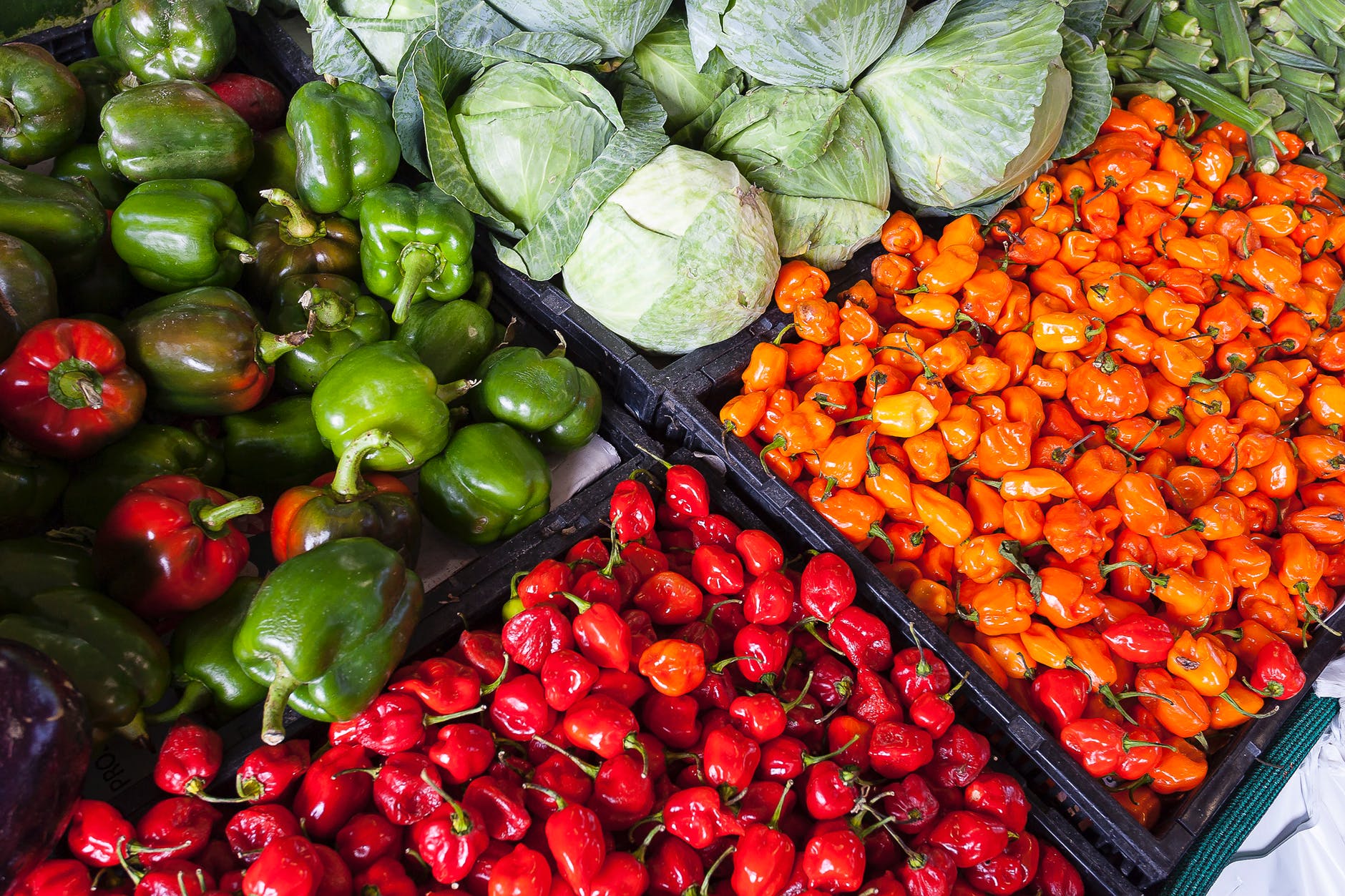Before I start the journey on onion farming in Kenya I would first introduce you to flavonoids.
They are antioxidant compounds that are anticancer and are found in onions. This is perhaps a good reason why you should have more onions in your meals to reduce the risk of cancer infection.
Ok, now let’s go to business. In this issue on onion farming in Kenya, I will lead you into a comprehensive analysis that discusses the ins and outs regarding onions in Kenya. This analysis will be summed up in five sections.
Part of the analysis will touch on the varieties of onions farmed in Kenya, the environment for ideal onion planting as well as an overview of the one on one onion planting process. The market trend and pricing for onions in Kenya will also be touched.
It is expected that at the end of the article, you as a reader should be conversant with the factors that drive onion production, marketing, and consumption trends. Equally, you will be in a position to predict the right time to invest in the onion farming venture in Kenya.
Welcome to an expert journey.
Onion farming in Kenya: Types of Onions Planted
There are six major types of onions that are planted in Kenyans farms. These onion varieties are settled upon by farmers based on the soil they have. And also the climate they experience in their localities.
Among the six onion types planted in Kenya we have :
- Red Onions
- Yellow Onions
- White onions
- Sweet onions
- Shallots
- Scallions
Red Onions
The typical description of the red onion is a red outer cover with some purple traces. The inside part of this onion is white.
This onion variety is the most farmed in Kenya and as such you will encounter it more in the market.
The red onion can make great recipes for salads because of their strong smell and fine taste. Because of this quality, you are likely to get the red onion being used to make the popular Kenyan salad called ‘Kachumbari‘.
Characteristics of the red onions
- They have a strong flavor that has some sweetness.
- It can be planted all year round. Kenya’s weather favors their minimal survival.
- Vary in different sizes and shapes at full maturity.
Must Read: The Ultimate Guide to Livestock Farming in Kenya.
Yellow Onions
Now, these are the type of onions that are regarded as standard onion types. This means that they can go with almost everything on a normal basis.
Yellow onions typically have mild or average effects and characteristics in terms of smell, taste and even sizes.
Another distinction of the yellow onions is that they can be planted in almost any average weather across Kenya and have the ability to even do well there. This onion type should be cooked less than the average onion. Or better use a mild fire.
Characteristics of the Yellow onions
- Have a mildly sweet taste
- Absorb water easily
- Are softer from the outside and can be pilled easily.
Recommended Article: The Ultimate Guide to Pig Farming in Kenya.
White Onions
When raw this type of onions is averagely sweeter. However, when worked upon through culinary techniques the white onion becomes sweeter. It is ideal for frying meat and making salads with a mild taste.
Characteristics of White Onions
- They have thin skin and flesh.
- Exhibits strong taste.
- They are kinder warm when you feel them in your hands.
You can’t miss this: Poultry Farming in Kenya – 2020 Update
Sweet Onions
The sweet onions include varieties like the Walla Wallas, Vidalias and Mauias. And they are ideal for non-cooked foods and cuisines. Salads would be the right function for them.
Their inside is usually white while their outside takes a yellow color.
Shallots
They take the allium shape and might have a garlic taste by far. Shallots have a rich flavor and can be ideal for cooking seeds like beans and green grams. It is advised to apply a mild fire when cooking them.
Scallions
This type of onion variety can actually be eaten raw or cooked with stew or something else. They have leafy parts that are green.
Some Kenyans refer to scallions as green onions.
Note: Most Kenyans don’t mind the type of onion that they buy in stores. And as such, any type of onion can be bought by an average Kenyan customer.
This is the reason why Onion Farmers in Kenya are not keen on having specific onions that suit the market.
On the other hand, restaurants and other professional food chains in Kenya, onion types are sorted out with a lot of precautions.
Onion Farming in Kenya – How to Plant Onions
Well before I take you through the Kenyan areas where onion farming does well, it would be of much interest first to understand the ideal conditions to grow onions. On that note, I have spelled out the following conditions for planting onions.
- The average temperature should be around 12.5 degrees Celcius. This temperature increases as the plant keep growing.
- The onion bulb should be at least 6 inches above the soil.
- Soil should have rich organic matter.
- If your onions are the type which does not have leaves then you need lots of sunshine than if they didn’t.
- Insert the onions to go at least a quarter of an inch in the soil and separate them by 2 inches apart.
Since you now have a view on how to plant onions it would be important if I mention areas in Kenya where tomatoes are planted. And they include Mahi Mahiu, Kieni, Imali, Karatina, Loitoktok, and Naivasha.
Most farms in Kenya plant onions in open fields and as such it is uncommon to find onions being planted in greenhouses.
Marketing and Selling Onions in Kenya.
Onions in Kenya are like hotcakes. Meaning that they are on-demand to the point of causing a serious shortage that leads the country to import 50% of this crop.
So this means that if your an onion farmer in Kenya you will not have a hard time market your product as the market will be waiting for you.
Nevertheless, some of the available options that an onion farmer in Kenya can explore include :
Open Marketing
This is where the farmer takes their onions to the open-air markets and especially during market days.
The farmer makes use of public traffic in market centers to reach out to the intended customers. Sometimes traders buy from farmers and resell the same in open markets.
This method conveniences farmers because they can bargain for better prices at the individual level with a customer and even sell at any quantity they want.
The door to door marketing
So, this type of onion marketing involves a farmer or a trader having onions in a wheelbarrow, cart or even truck and simply moving from one house, estate or market.
The main goal here is to reach out to different customers, form a business relationship and sell onions.
Retail marketing
When farmers sell their onions to big retail stores like Naivas, Tuskys and the likes then they are in the retail onion business.
This form of venture requires the onion farmers to supply their harvest in standard quality, specified time and in big numbers. As such small-scale onion farmers merge and sell their harvest in a Sacco.
Take Away on Onion Farming in Kenya
When it comes to analyzing onion farming in Kenya, you must be able to understand the type of onions that are planted in Kenya.
Then lookout for the specific use of each onion type and which environment do they do better. As such it would be important to figure out where exactly are the onions planed in Kenya.
Lastly, note down the available onion selling and marketing avenues in Kenya and picture which suits you better.
If you follow these guidelines am sure you will be able to navigate the onion farming venture in Kenya with a lot of success.
The good news is that all these suggested guidelines for effective analyzing of onion farming in Kenya are well discussed in this article.




